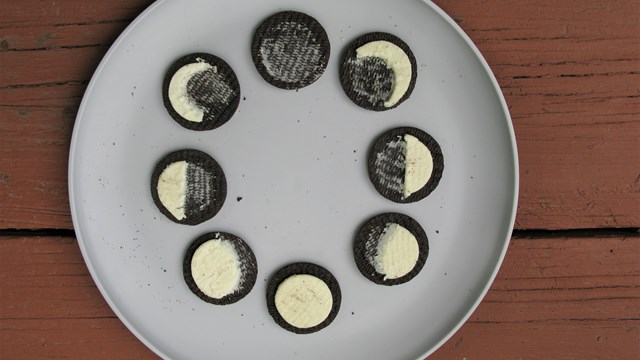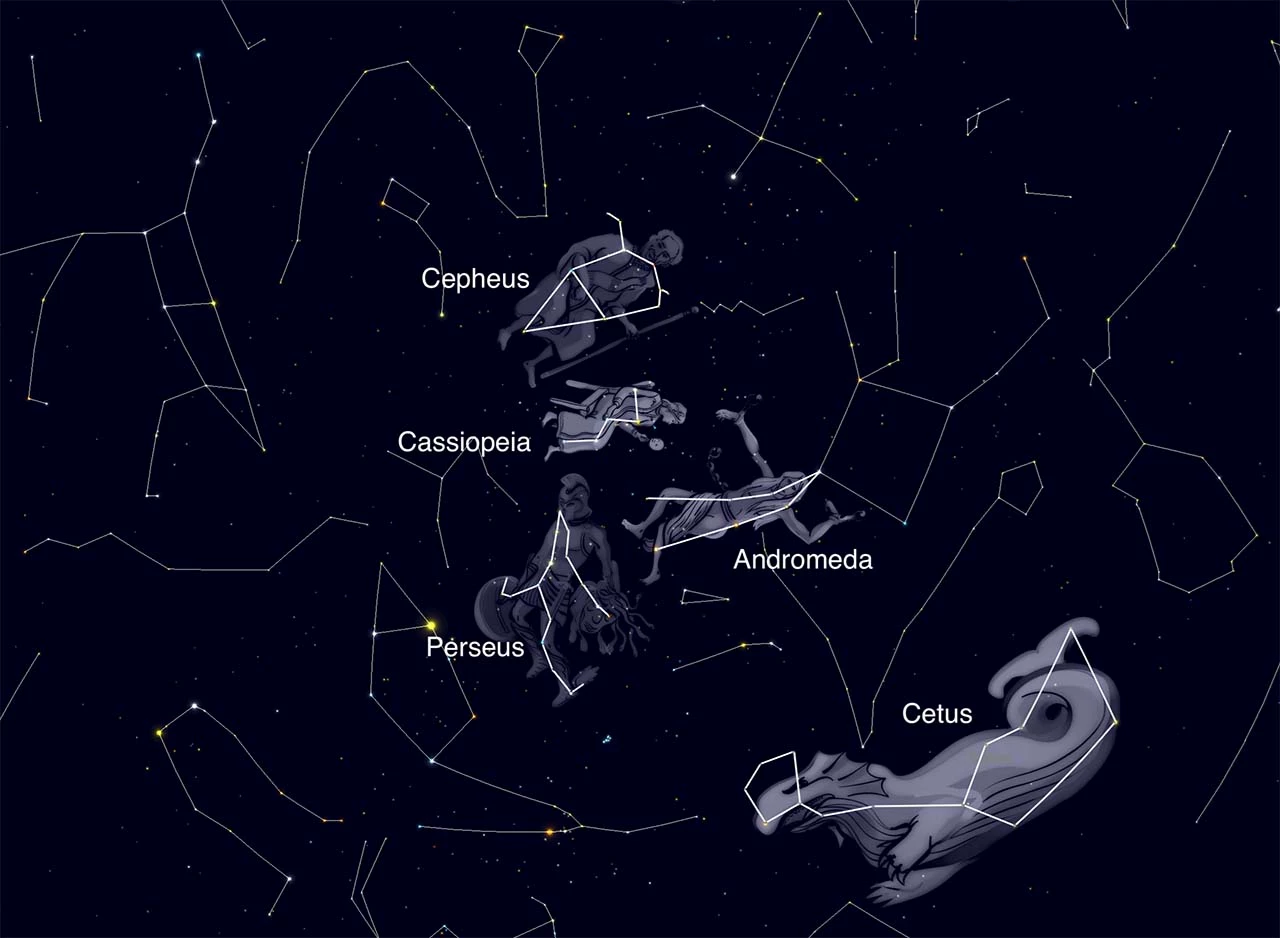
NPS Graphic . Sponsored by the Theodore Roosevelt Nature & History Association.
Daytime ActivitiesStargazing the Sun: A Solar Scope Spectacular2:00pm - 4:00pm Discover the intricate details of the Sun's surface, witness mesmerizing solar flares, and learn about the science behind our solar system's powerhouse. Whether you're a seasoned observer or new to astronomy, this event promises an enlightening and awe-inspiring journey into the heart of our solar system. Location: South Unit Visitor Center Lawn Make a Straw Rocket 2:00pm - 4:00pm Create a paper rocket that can be launched from a soda straw – then, modify the design to make the rocket fly farther! Location: South Unit Visitor Center Lawn Night Explorer Junior Ranger 2:00pm - 4:00pm Junior Rangers will learn how to find the North Star, write their own creative mythology about the constellations, track the phases of the moon, learn about stars and galaxies, use all their senses to explore the night environment at a national park, and earn a junior ranger badge. Location: South Unit Visitor Center Lawn Planetary Nebulae – Celestial Jewels in the Night Sky with Bryon Grove 4:30pm - 5:30pm Planetary nebulae are some of the most exquisite and fascinating objects decorating our night sky. They often display brilliant colors and complex shapes when viewed through moderate to large telescopes. Amateur astronomer Bryon Grove will introduce park visitors to what planetary nebulae are, how they form, the history surrounding their discovery, and the diversity of forms that they take. The evening telescope viewing will give visitors a chance to see some of the best known members of this group of celestial objects. Location: South Unit Visitor Center Theatre Evening ActivitiesStargazing8:30pm - 12:00am Volunteers point their telescopes at some of the night sky's most beautiful sights. White-light flashlights are prohibited due to their negative impact on night vision. Location: Peaceful Valley Ranch (South Unit Scenic Drive mile 7)
Daytime ActivitiesCosmic Dawn: The Untold Story of the James Webb Space Telescope12:00pm - 1:40pm Cosmic Dawn takes you behind the scenes of the James Webb Space Telescope—the most powerful space observatory ever built. Discover how it overcame the odds with never-before-heard stories. Join us for a movie viewing, popcorn, soda, and a journey through the stars! Location: South Unit Visitor Center Theatre Stargazing the Sun: A Solar Scope Spectacular 2:00pm - 4:00pm Discover the intricate details of the Sun's surface, witness mesmerizing solar flares, and learn about the science behind our solar system's powerhouse. Whether you're a seasoned observer or new to astronomy, this event promises an enlightening and awe-inspiring journey into the heart of our solar system. Location: South Unit Visitor Center Lawn Marshmallow Constellations 2:00pm - 4:00pm Create your own edible “Marshmellow Constellation”! Using toothpicks and marshmallows, we’ll build tasty models of constellations while learning about the stories behind the stars. Location: South Unit Visitor Center Lawn Night Explorer Junior Ranger 2:00pm - 4:00pm Junior Rangers will learn how to find the North Star, write their own creative mythology about the constellations, track the phases of the moon, learn about stars and galaxies, use all their senses to explore the night environment at a national park, and earn a junior ranger badge. Location: South Unit Visitor Center Lawn Auroras: Nature's Light Show with Lynn Powers 4:30pm - 5:30pm The beauty of the Aurora, when it is seen in its full glory, has always deeply impressed those who have seen it. Why do we see those stunning lights in our night sky? The Aurora occurs when high-energy particles are flung from the Sun toward the Earth and mingle with our atmosphere - ultimately emitting extraordinary light and color. Join us as we explore every step of this dazzling phenomenon. Location: South Unit Visitor Center Theatre Evening ActivitiesStargazing8:30pm - 12:00am Volunteers point their telescopes at some of the night sky's most beautiful sights. White-light flashlights are prohibited due to their negative impact on night vision. Location: Peaceful Valley Ranch (South Unit Scenic Drive mile 7) Want to learn more?Dakota Nights doesn't just evolve around the festival - enjoy any and/or all of the following videos created surrounding our dark skies:
Tour of the Night Sky
Take a look at four well known objects in the North Dakota night sky. Nebula, clusters and galaxies, oh my! 
Star Lore of the Indigenous Peoples
The Navajo have a deep connection to the night sky, especially the constellations in the northern sky. 
Constellations and the March of Time
Discover the Earth has a “wobble” and find out why Polaris hasn’t always been our north star. 
Mission to Mars 2020
Join Brad Nasset, NASA Solar System Ambassador as he talks about the many missions to the red planet, Mars. 
See the Planets Tonight!
Curious about which planets are currently in the night sky? Join Brad Nasset as he shows you when and where to see the visible planets. 
Open Globular Star Clusters
What is a star cluster and how are they different from each other. 
Our Magnetic Sun
Twinkle, twinkle little star! Which star is closest and what are its properties? 
The Silent Flight of Owls
Owls are the ultimate nocturnal hunters. But how are they able to sneak up on their prey? 
Do you have tapetum lucidum?
Spot animals on the side of the road at night by the shine of their eyes? What causes eyeshine and how does it help animals see in the dark? 
Make your own Astrolabe
Have you ever wondered about how astronomers learned about the movement of Earth and the placement of constellations throughout the galaxy? 
Cookie Moon Phases
Have you ever wondered why the moon looks a little bit different every night? 
Asteroid Impact Model
What does it look like when an asteroid crashes into the moon and how are craters formed? 
Constellation
|
Last updated: July 30, 2025
